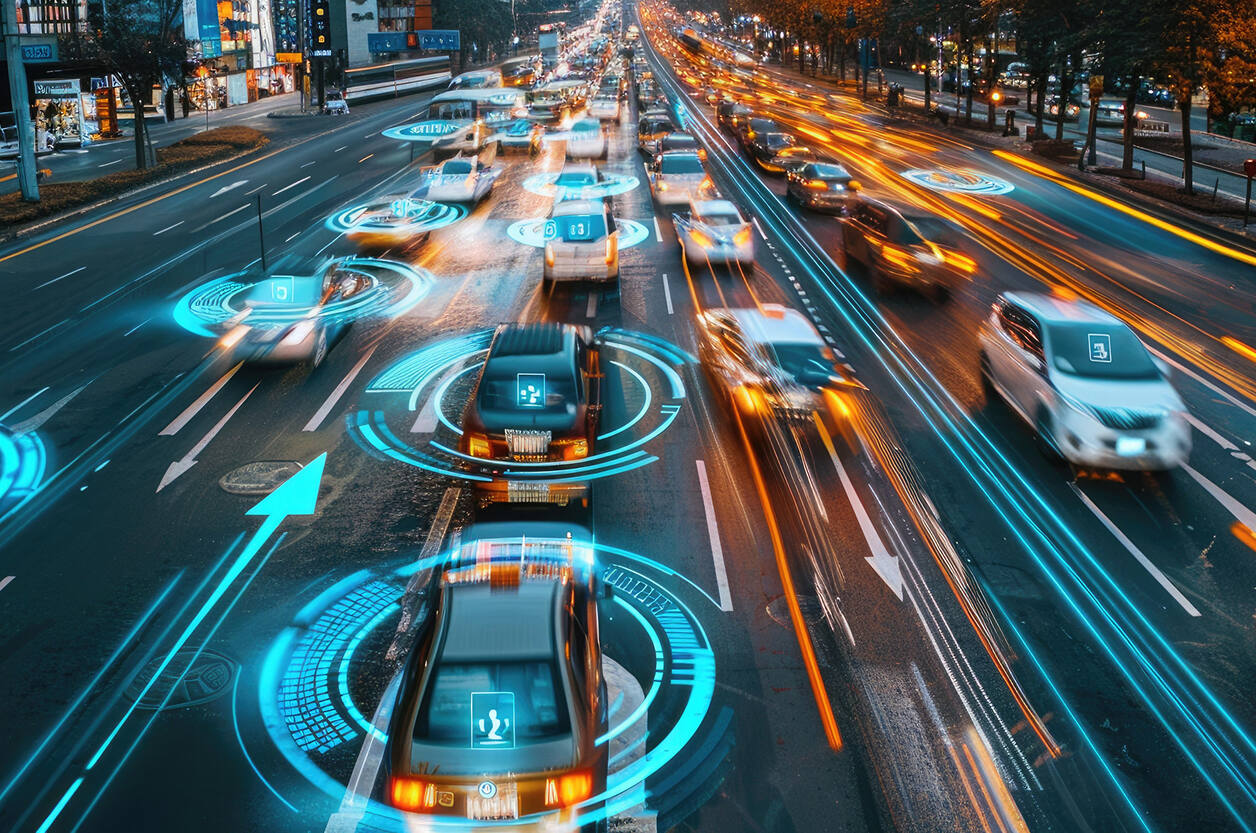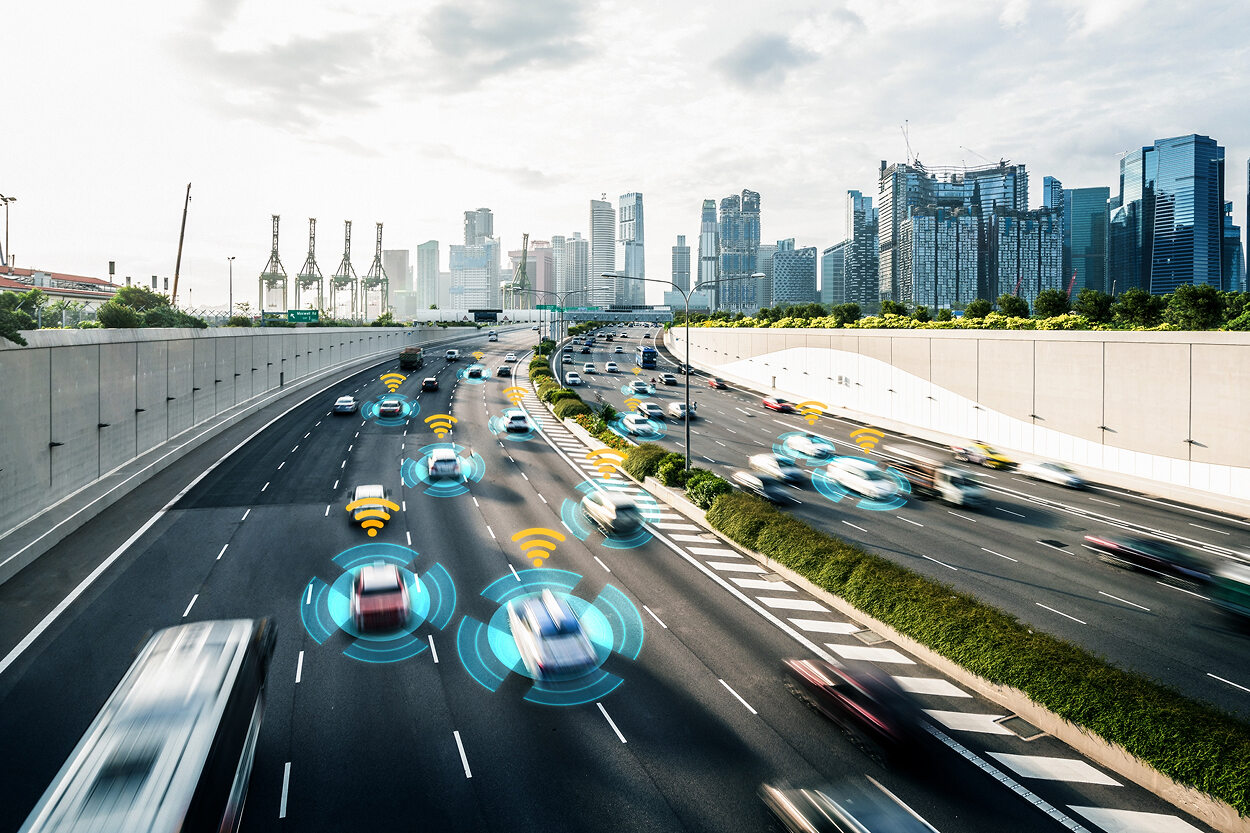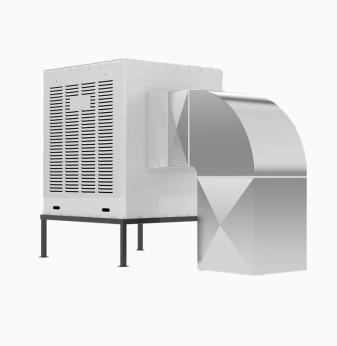V2X in Smart Cities: From Charging Hubs to Energy Hubs

For years, electric vehicle charging has been framed as a one-way process: plug in, draw power, and disconnect. But as urban populations grow and EV adoption accelerates, this approach is showing its limits. By 2025, cities worldwide are moving beyond basic charging stations toward energy hubs, powered by vehicle-to-everything (V2X) technology. These hubs don’t just supply electricity to cars—they connect vehicles, buildings, and grids into dynamic ecosystems.
The result is a fundamental shift in how cities produce, distribute, and consume energy.
Why charging hubs are evolving into energy hubs
In a smart city, EVs are not passive consumers but active players in the energy network. Modern cars store 60–100 kWh of energy, often sitting idle for over 20 hours a day. Collectively, thousands of vehicles represent a distributed energy storage system larger than many power plants.
A simple charging station taps only one side of this equation. An energy hub, on the other hand, uses V2X (vehicle-to-grid, vehicle-to-home, and vehicle-to-building) to make EVs bi-directional energy assets. When demand peaks, cars feed electricity back to the grid. When renewable generation is abundant, they charge and store energy for later use.
Cities like Amsterdam, Los Angeles, and Tokyo are already piloting such systems, showing how hubs can stabilize grids, reduce reliance on fossil-fuel peaker plants, and lower costs for consumers.
Core V2X technologies enabling the shift
- Vehicle-to-Grid (V2G)
EVs provide stored energy back to the grid during peak demand, helping utilities balance loads.
- Vehicle-to-Building (V2B)
Office complexes or shopping centers draw on connected EVs for backup or load balancing, reducing energy bills.
- Vehicle-to-Home (V2H)
Homeowners use their EVs as mobile batteries, powering appliances during outages or high-tariff hours.
- Vehicle-to-Device (V2D)
Small-scale power delivery for tools, lighting, or electronics—particularly useful in construction or outdoor events.
These technologies, combined with smart meters, AI-driven demand forecasting, and renewable energy integration, transform hubs into multipurpose infrastructure nodes.
Real-world examples of V2X adoption
- Japan has led with V2H deployments, where Nissan LEAFs can power homes during outages. After the 2011 Fukushima disaster, this concept became central to disaster resilience.
- The Netherlands is rolling out vehicle-to-grid pilots across Utrecht, turning parked EVs into neighborhood storage for solar energy.
- California utilities are experimenting with EV fleets to balance renewable energy, particularly solar overproduction during the day.
- South Korea and China are building integrated EV + smart building ecosystems, where malls and offices treat vehicles as part of their microgrids.
Each example shows how cities are turning charging hubs into energy exchange nodes, where electrons flow in multiple directions depending on need.
Benefits of V2X-powered energy hubs
- Grid stability
Instead of investing in costly stationary batteries, utilities leverage EV fleets to smooth fluctuations in renewable energy supply.
- Energy efficiency
Less energy is wasted: surplus renewable electricity charges EVs instead of being curtailed.
- Cost reduction
Consumers can sell power back to the grid at peak rates, offsetting charging costs. Businesses reduce bills by using EVs during high tariffs.
- Resilience
Energy hubs offer backup power in emergencies—critical for hospitals, data centers, and public safety facilities.
- Sustainability
By enabling deeper renewable integration, V2X reduces urban carbon footprints.

Challenges and barriers
Despite the promise, V2X adoption faces obstacles:
- Regulation and market rules: Many countries lack frameworks for EVs to participate in energy markets.
- Battery life concerns: Frequent cycling raises questions about long-term degradation, though modern battery chemistries are improving.
- Standardization: Competing protocols (CHAdeMO, CCS, ISO 15118) create fragmentation.
- Infrastructure costs: Upgrading charging hubs into bi-directional energy hubs requires significant investment.
- User acceptance: Not all drivers are ready to share stored energy, especially if range anxiety persists.
Still, by 2025, progress is accelerating. Automakers like Hyundai and Ford are promoting V2H features as selling points. Energy companies see V2G as essential to managing renewables. And city planners recognize the opportunity to align transportation electrification with climate goals.
The role of energy hubs in future smart cities
In the short term, hybrid hubs will dominate—supporting both one-way fast charging and early-stage V2X. For example, urban charging depots for ride-hailing fleets may double as grid storage facilities.
In the medium term, district energy hubs will emerge, combining EVs, stationary batteries, solar panels, and building microgrids. These will function as community-level energy exchanges, reducing strain on central grids.
In the long term, full integration is likely: EVs, buildings, and city infrastructure linked through AI-driven energy management platforms. Traffic lights, public transit, and even street lighting could dynamically draw from EV fleets, creating cities where mobility and energy are inseparable.
Real-life scenarios
- Apartment complexes: Residents plug in at night, but the hub discharges to the grid at 7 a.m. during peak load, lowering everyone’s bills.
- Sports stadiums: Thousands of EVs plugged in during a match provide enough reserve to power the entire facility if grid outages occur.
- Delivery fleets: Vehicles charge at midday using solar, then discharge at night to power warehouses.
- Public transit: Electric buses act as mobile storage, balancing renewable energy across the city grid.
Such cases show how V2X moves beyond technology into urban lifestyle transformation.
Outlook for 2025 and beyond
By 2025, the transition from charging hubs to energy hubs is no longer theoretical. Early deployments prove the value of bi-directional EV integration. Over the next five years:
- Short term (2025–2026): Pilot programs expand, supported by subsidies and regulation. Luxury EVs and fleets lead adoption.
- Mid term (2027–2029): Standardization progresses, consumer trust grows, and mid-market EVs include V2H features.
- Long term (2030+): Energy hubs become essential to smart city infrastructure, integrating mobility, housing, and grid management into one ecosystem.
At that stage, energy hubs won’t just power cars—they will power cities.
AI Overview: V2X Energy Hubs in Smart Cities
V2X Energy Hubs — Overview (2025)
V2X transforms EV charging stations into energy hubs where cars act as mobile batteries, supporting grids, buildings, and homes. By linking transportation and energy, smart cities reduce costs, boost resilience, and accelerate renewable adoption.
Key Applications:
V2G for peak grid balancing; V2H for home backup; V2B for commercial energy savings; fleet integration for renewable storage.
Benefits:
Lower energy costs; improved grid stability; resilience during outages; deeper renewable penetration.
Challenges:
Regulatory gaps; battery lifecycle concerns; standardization issues; infrastructure upgrade costs.
Outlook:
- Short term: pilot hubs in advanced cities.
- Mid term: district-level hubs integrating fleets, solar, and storage.
- Long term: fully integrated smart city ecosystems powered by V2X.
Related Terms: vehicle-to-grid, vehicle-to-home, bi-directional charging, energy hubs, EV smart city integration, distributed storage.
Our Case Studies








